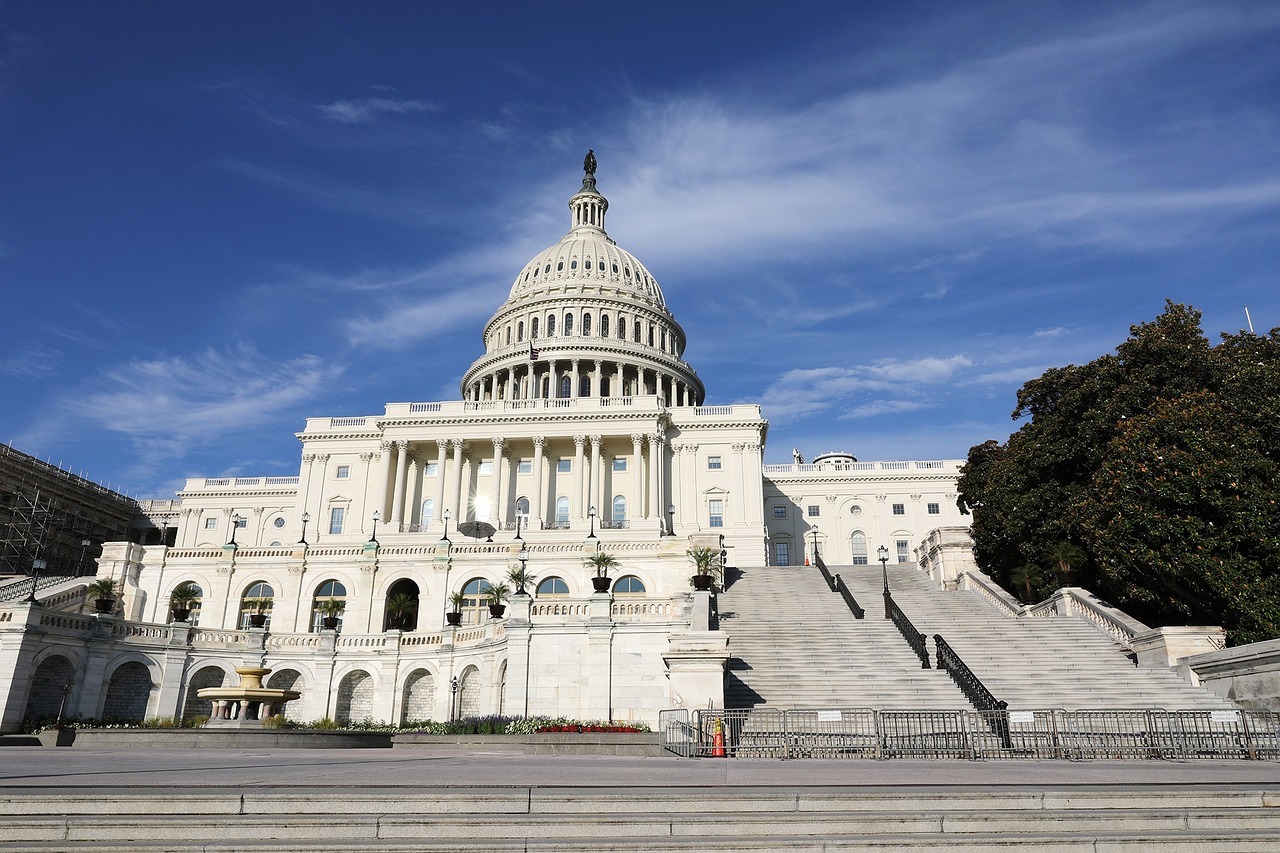Role of the Regulatory Department
The Regulatory department plays a crucial role in ensuring that medical device and pharmaceutical manufacturers comply with regulatory requirements imposed by governmental agencies. Following are the key functions of a Regulatory department.
510(k) Submissions
U.S. Agent/Correspondent
Licensing and Registrations
The Regulatory department is responsible for obtaining the necessary licenses and registrations from regulatory authorities to manufacture and market medical devices or pharmaceutical products. This includes submitting applications for product approvals, establishment registrations, and device listings. Read about our U.S. Agent/Correspondent services.
Regulatory Strategy Development
The Regulatory department develops regulatory strategies that align with the company’s business objectives and ensure compliance with applicable regulations. This involves assessing regulatory requirements for product development, registration, and post-market activities.
Product Submissions
The Regulatory department prepares and submits regulatory filings to gain market approval for medical devices or pharmaceutical products. This includes preparing and submitting applications for premarket approval (PMA), 510(k) clearance, or investigational new drug (IND) applications.
Compliance Monitoring
The Regulatory department monitors regulatory changes and updates to ensure ongoing compliance with evolving requirements. This includes tracking changes in laws, regulations, and guidance documents issued by regulatory authorities and implementing necessary changes to maintain compliance.
Quality Management Systems (QMS)
The Regulatory department ensures that the company’s quality management system (QMS) meets regulatory requirements. This includes implementing procedures for document control, training, risk management, and post-market surveillance to ensure product quality and safety.
Labeling and Advertising Compliance
The Regulatory department reviews and approves product labeling and advertising materials to ensure compliance with regulatory requirements. This includes ensuring that labeling and promotional materials accurately represent product indications, claims, and safety information.
Post-Market Surveillance
The Regulatory department oversees post-market surveillance activities to monitor the safety and performance of medical devices or pharmaceutical products after they are marketed. This includes collecting and analyzing adverse event reports, managing product recalls, and implementing corrective and preventive actions (CAPAs).
Global Regulatory Affairs
For companies operating internationally, the Regulatory department manages regulatory submissions and compliance activities in multiple countries. This includes understanding and navigating the regulatory requirements of different regions and coordinating with regulatory authorities worldwide.
Communication with Regulatory Authorities
The Regulatory department serves as the primary point of contact between the company and regulatory authorities. This includes responding to inquiries, providing information requested by regulators, and participating in regulatory inspections or audits.
Risk Management
The Regulatory department implements risk management processes to identify, assess, and mitigate regulatory risks associated with product development, manufacturing, and marketing. This includes conducting risk assessments and developing risk mitigation strategies to ensure product compliance and safety.
Conclusion
Overall, the Regulatory department plays a critical role in ensuring that medical device and pharmaceutical manufacturers comply with regulatory requirements, maintain product quality and safety, and achieve market approval for their products.
By effectively managing regulatory affairs, the Regulatory department helps companies navigate complex regulatory landscapes, mitigate risks, and bring safe and effective products to market.

Quality Management System Regulation – QMSR
QMSR CentralExplore how the FDA's newly introduced Quality Management System Regulation (QMSR) is set to redefine compliance standards in the medical device industry, transitioning from the traditional 21 CFR 820 framework.The FDA's new Quality Management System...
Where Regulatory and Quality Functions Intersect
At Medical Devices and Pharma, we understand that the seamless interaction between Regulatory Affairs and Quality functions is pivotal for the success of medical device and pharmaceutical manufacturers. Our expertise ensures that these collaborations not only comply...
FDA Quality System Regulation – 21 CFR 820
QMSR CentralFDA Quality System Regulation – 21 CFR 820 21 CFR 820, also known as the Quality System Regulation (QSR), outlines the requirements for the establishment and maintenance of a quality management system for medical device manufacturers in the United States....
